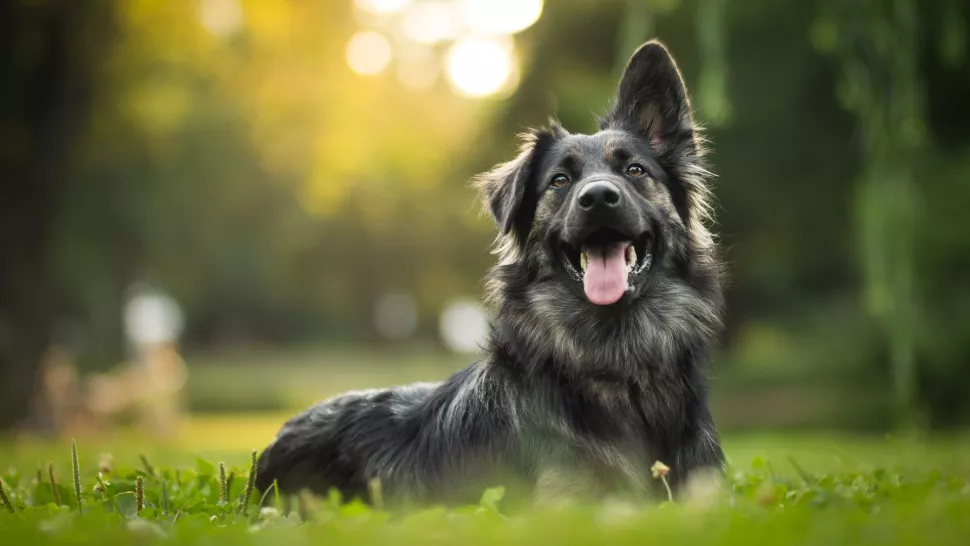Dogs: History, evolution and behavior of our best friends

Puppy Dogs in Science
Dogs: History, evolution and behavior of our best friends
It hardly seems like a dainty teacup poodle and a wrinkly Neapolitan mastiff could belong to the same species, much less the same subspecies. But both are Canis lupus familiaris, the beloved domestic dog.
A member of the family Canidae — along with wolves, foxes, coyotes and jackals — dogs have been human companions for at least 14,000 years (and possibly much longer than that). Much about how dogs and humans became inseparable remains a mystery, but research finds that the bond is very real. As many pet owners may already attest, there is evidence that dogs understand human distress and want to help their owners when they’re sad.
Despite the diversity of domestic dogs, these animals share an evolutionary history and behavioral traits.
The closest living relative to modern dogs is the gray wolf (Canis lupus). The ancestor of modern dogs and the ancestor of modern wolves probably split at some point in the late Pleistocene, the last ice age. Genetic studies put different dates on this split. One 2014 study based on the mutation rates found that the schism happened between 9,000 and 34,000 years ago, and that the wolf population dogs split from later went extinct. Another genetic study from 2017 put the window between 20,000 and 40,000 years ago.
Read More: Dogs History evolution and behavior of our best friends